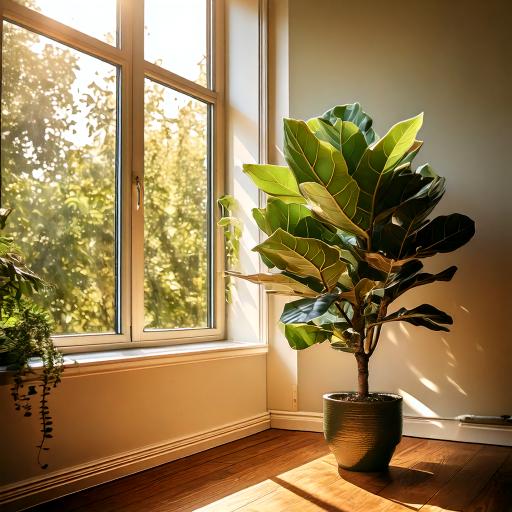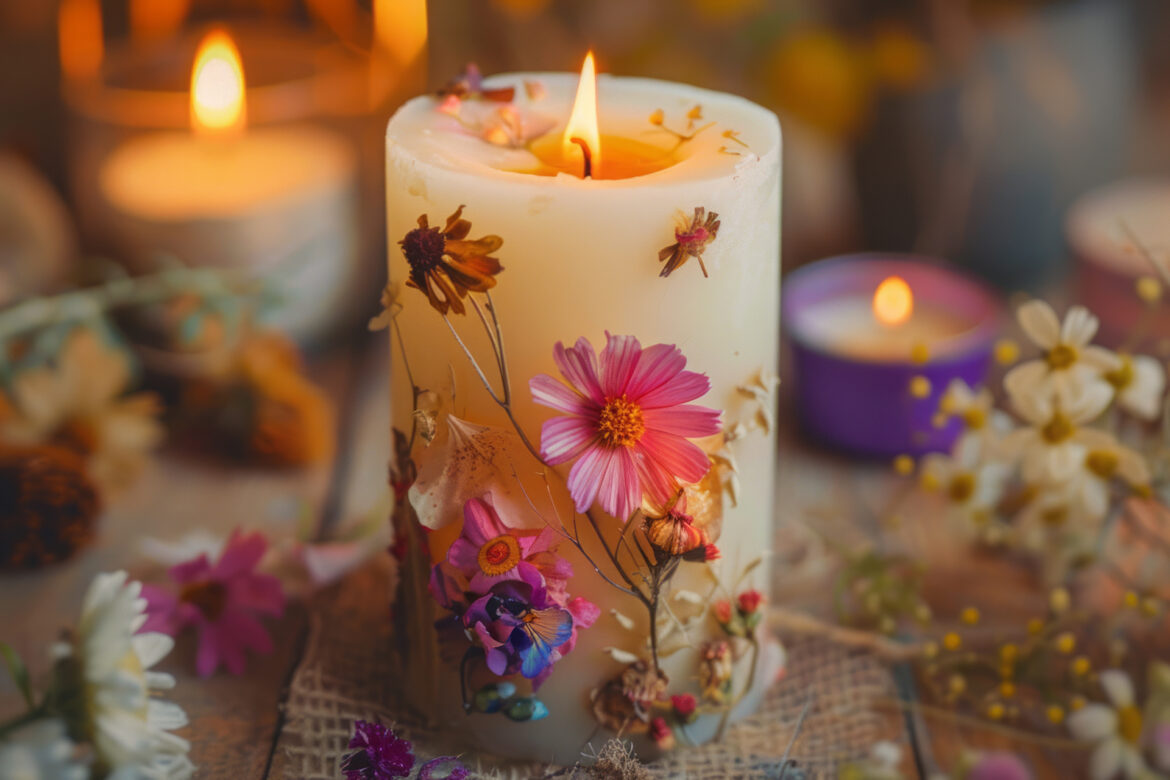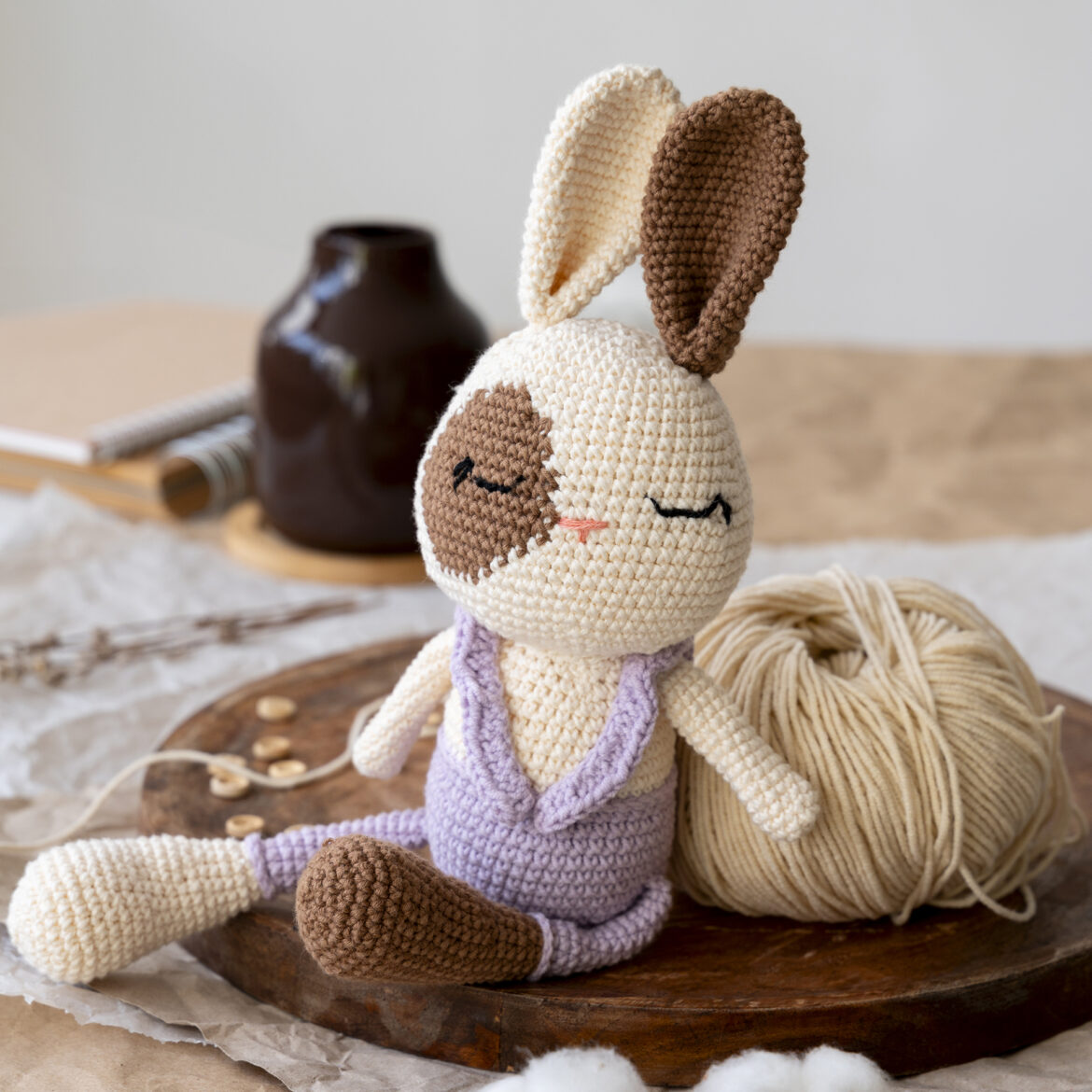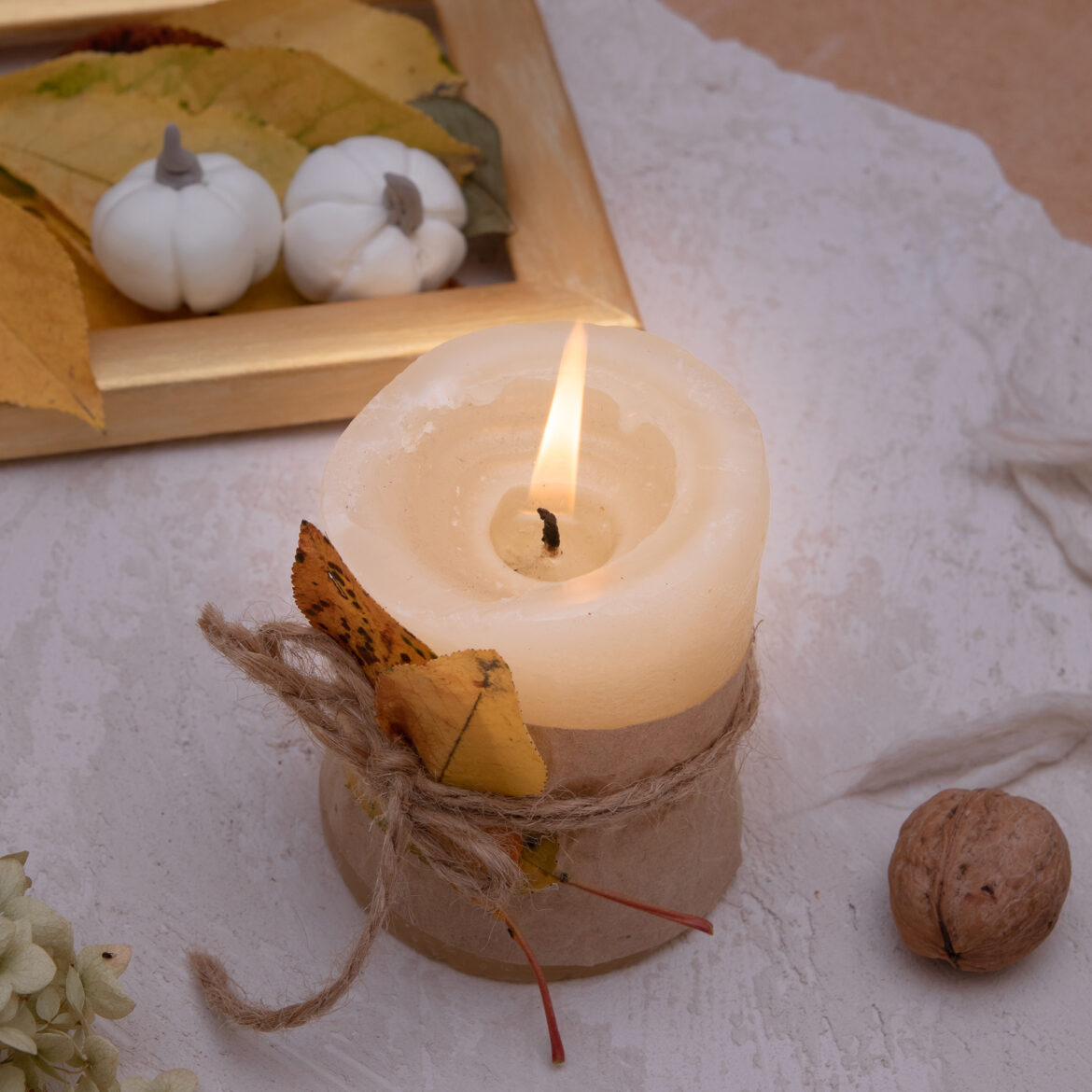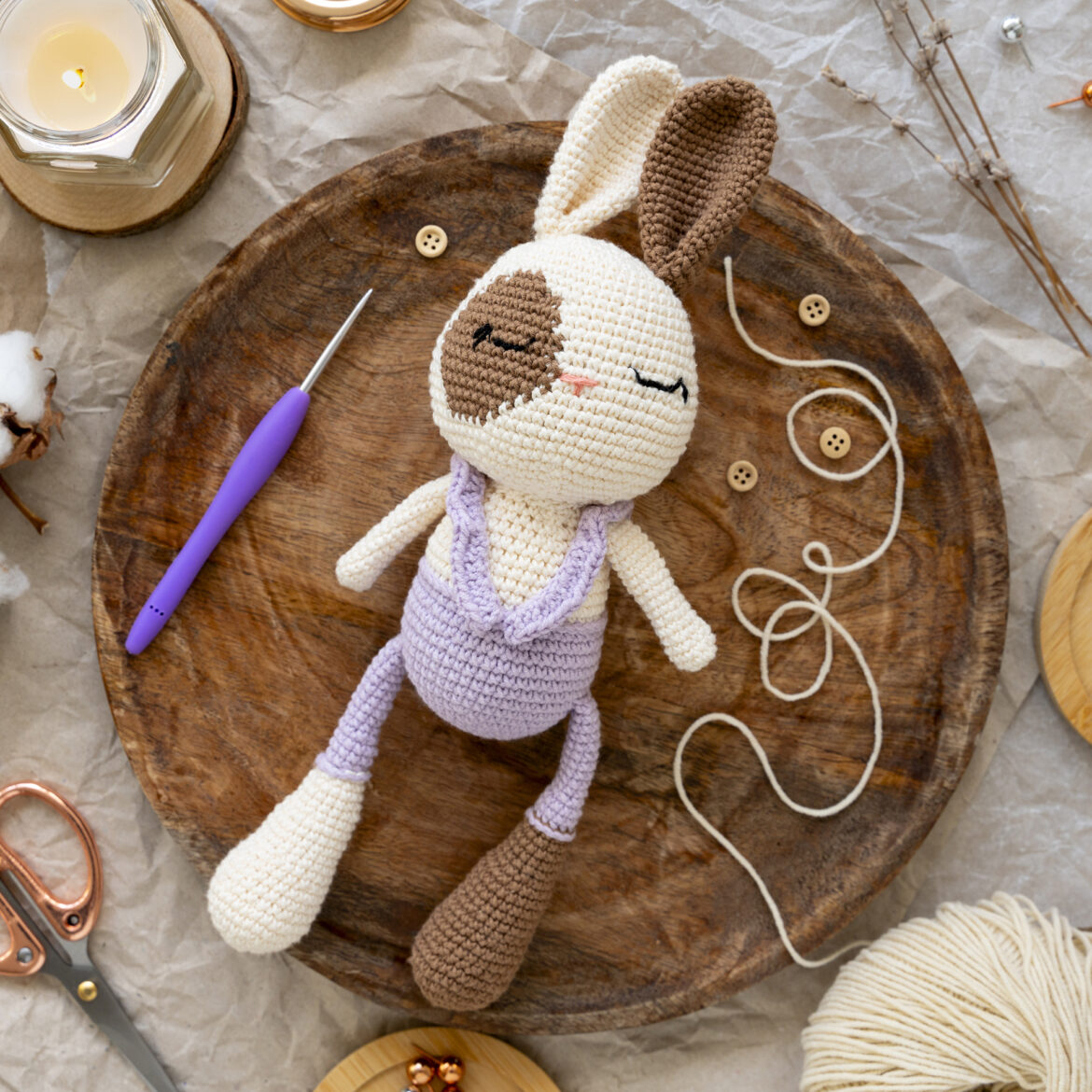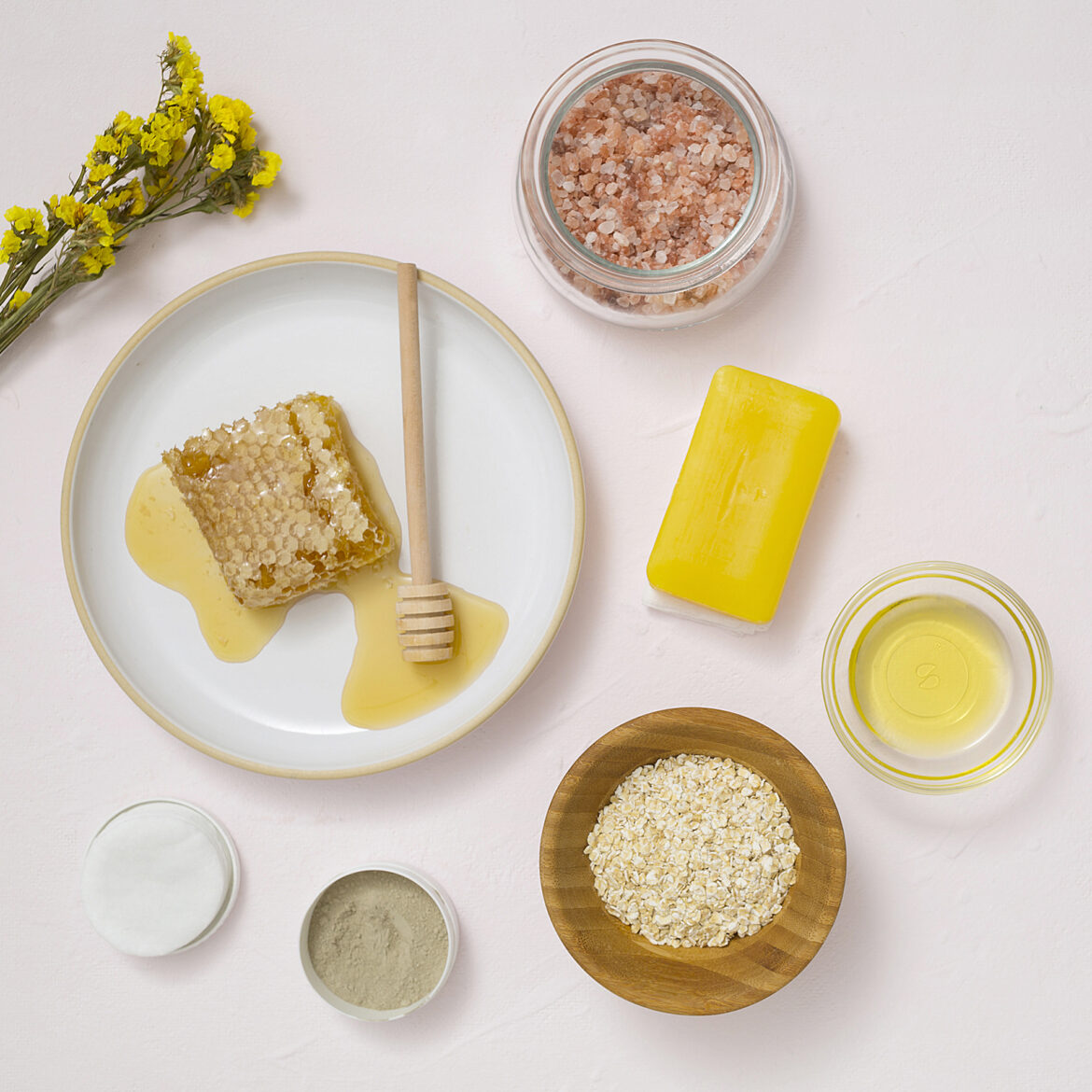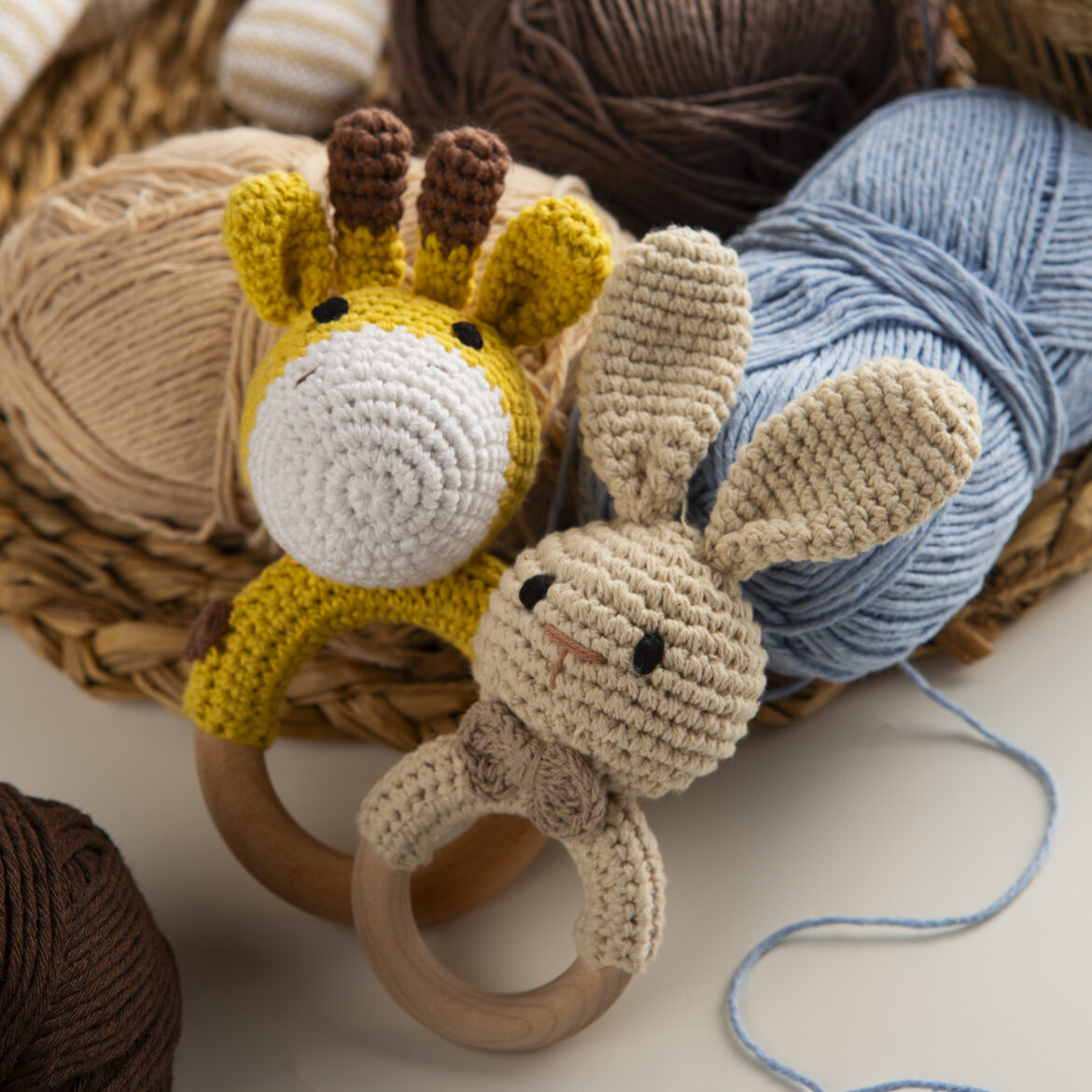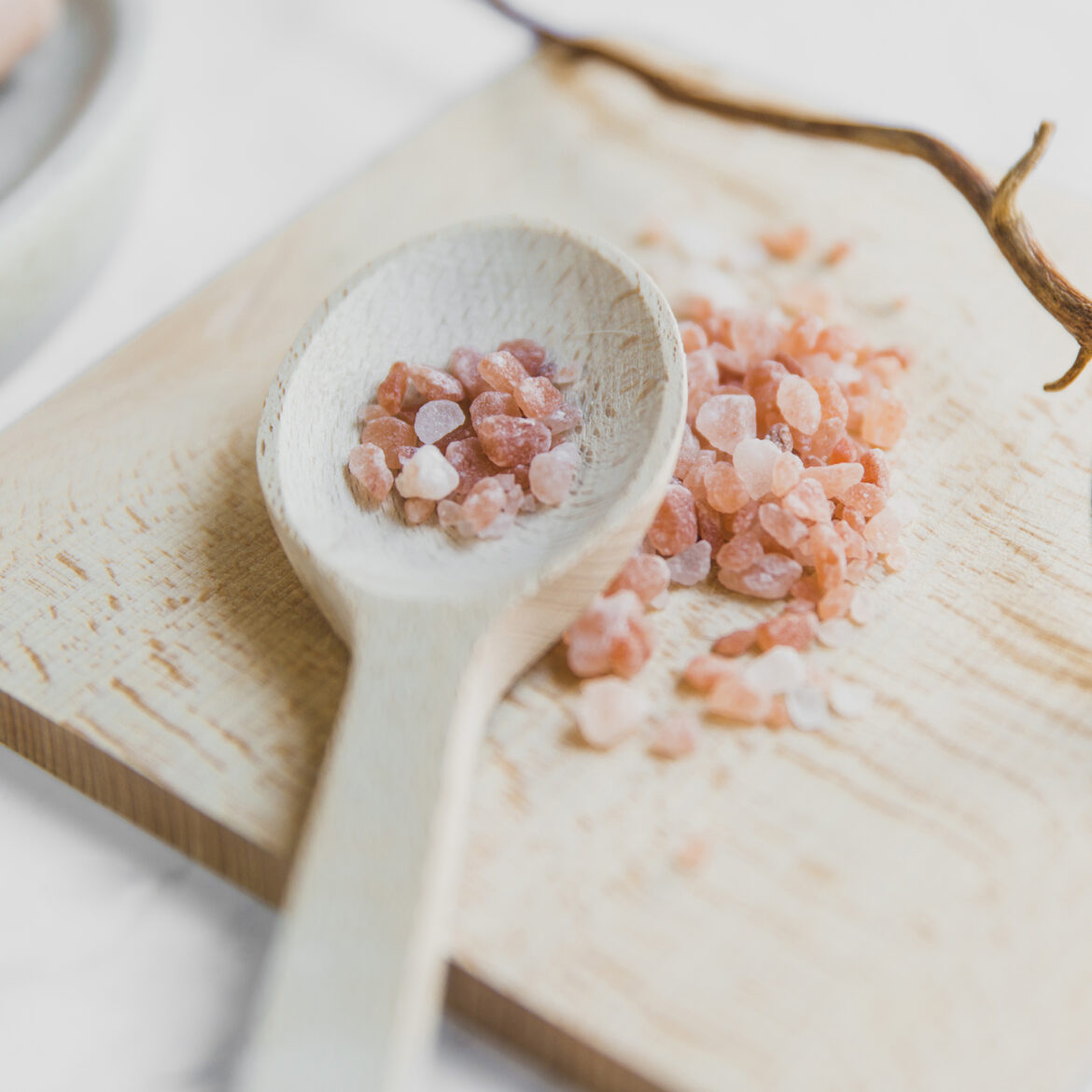Plant Care Tips: How to Keep Your Indoor Plants Thriving
Indoor plants add beauty to your home and improve air quality, but they need proper care to thrive. Whether you’re a beginner or a seasoned plant parent, these tips will help ensure your leafy friends remain healthy and vibrant.
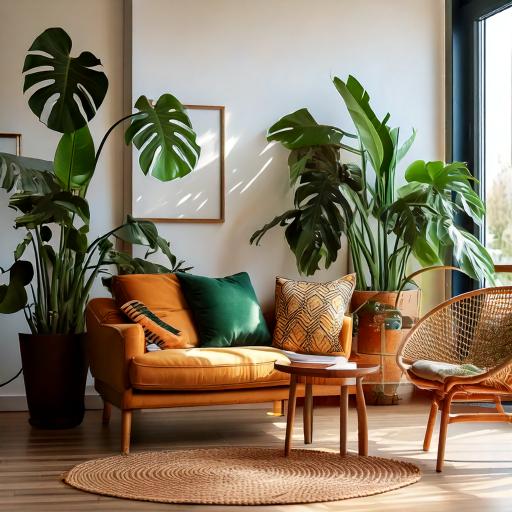
Choose the Right Plants for Your Space
Not all plants thrive in the same conditions, so it’s important to consider your home’s environment.
- Tips:
- For low-light spaces, choose plants like pothos, snake plants, or ZZ plants.
- If you have bright, sunny windows, opt for succulents, cacti, or fiddle-leaf figs.
- Consider humidity levels when selecting plants—tropical plants like ferns and calatheas love moisture.
Understand Watering Needs
Overwatering is one of the most common mistakes in plant care.
- Tips:
- Check the soil before watering; it should feel dry an inch below the surface for most plants.
- Use pots with drainage holes to prevent waterlogging.
- Water less frequently in winter when plants grow slower.
Provide Adequate Light
Plants rely on light for photosynthesis, but not all need the same intensity.
- Tips:
- Place light-loving plants near south-facing windows.
- Use sheer curtains to diffuse harsh sunlight for delicate plants.
- Invest in grow lights for rooms with little natural light.
Feed Your Plants Regularly
Plants require nutrients to grow, and soil alone may not provide enough over time.
- Tips:
- Use a balanced, water-soluble fertilizer during the growing season (spring and summer).
- Reduce feeding in fall and winter when growth slows.
- Follow package instructions to avoid over-fertilizing.
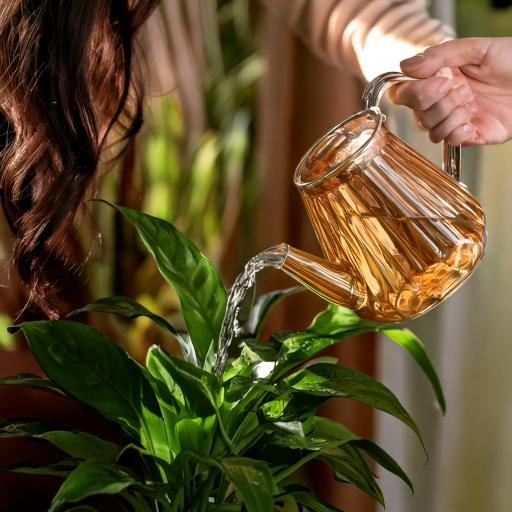
Monitor for Pests
Indoor plants can attract pests like spider mites, mealybugs, and aphids.
- Tips:
- Inspect plants regularly for signs of infestation, such as sticky leaves or webbing.
- Wipe leaves with a damp cloth to remove dust and deter pests.
- Use insecticidal soap or neem oil to treat infestations naturally.
Repot When Necessary
Plants outgrow their pots, and cramped roots can hinder growth.
- Tips:
- Repot every 1-2 years or when roots begin circling the pot.
- Choose a pot 1-2 inches larger in diameter than the current one.
- Refresh the soil to provide new nutrients.
Prune for Health and Shape
Pruning keeps plants healthy and encourages new growth.
- Tips:
- Remove yellowing or dead leaves regularly.
- Trim leggy stems to maintain a bushier shape.
- Use clean, sharp scissors or pruning shears to prevent damage.
Pay Attention to Humidity
Indoor heating and air conditioning can create dry conditions unsuitable for tropical plants.
- Tips:
- Group plants together to increase humidity naturally.
- Use a humidifier or mist plants occasionally.
- Place plants on a tray filled with water and pebbles.
Conclusion
Caring for indoor plants can be both rewarding and therapeutic. By understanding their needs for light, water, and nutrients, you can create an environment where they flourish. A little attention goes a long way—watch your plants thrive and transform your living space into a green paradise!


